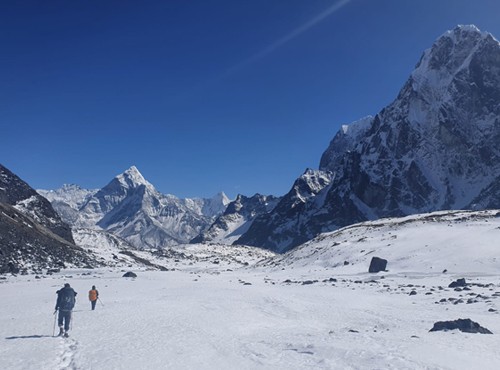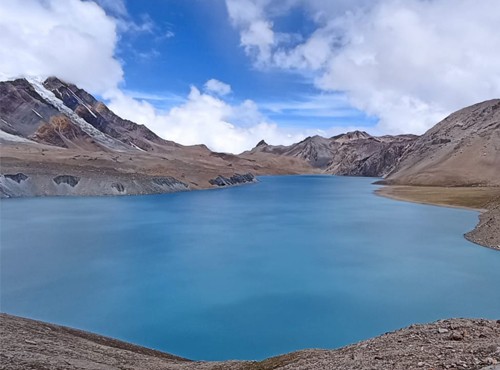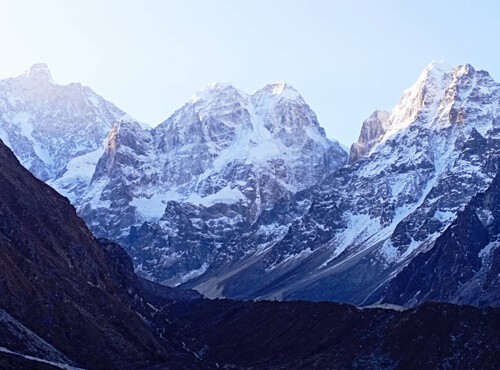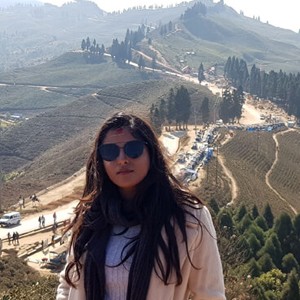If you are into remote trekking and love to push your limits, then the Manaslu circuit is one of the excellent adventure packages for you in Nepal. You can do this trek in 12 to 24 days, as per your availability. Remote trekking is one of the most popular tourist activities in the Himalayas of Nepal. And Manalsu circuit package is one of the most loved ones.
Manaslu Circuit Trek: A Journey to the Untamed Himalayan Frontier
Table of Contents
This trekking route has all the adventure, raw natural beauty, no crowd, and challenges. Unlike the Kanchenjunga circuit trek, Makalu base camp trek, and Upper Dolpo trek, which rely on camping, the Manaslu circuit will let you enjoy the same level of adventure and thrill while spending nights in teahouses.
*Note: The Manaslu region is a restricted area in Nepal, so travelers need special restricted area permits to trek.
Trekking in the Manaslu region is not just about physical adventure. It also offers a soul-stirring experience that connects you with nature's raw magnificence and the pristine spirit of the Himalayas. The region's untouched wilderness, gorgeous river valleys, rushing rivers, landslide areas, glacier paths, etc, make the journey a lifetime experience.
In this blog, we will talk about the famous and adventurous Manaslu circuit trek, where remote trails, towering peaks, and cultural encounters await. Get ready for an unforgettable journey in one of the hidden gems of the Himalayas.
Manaslu circuit trek
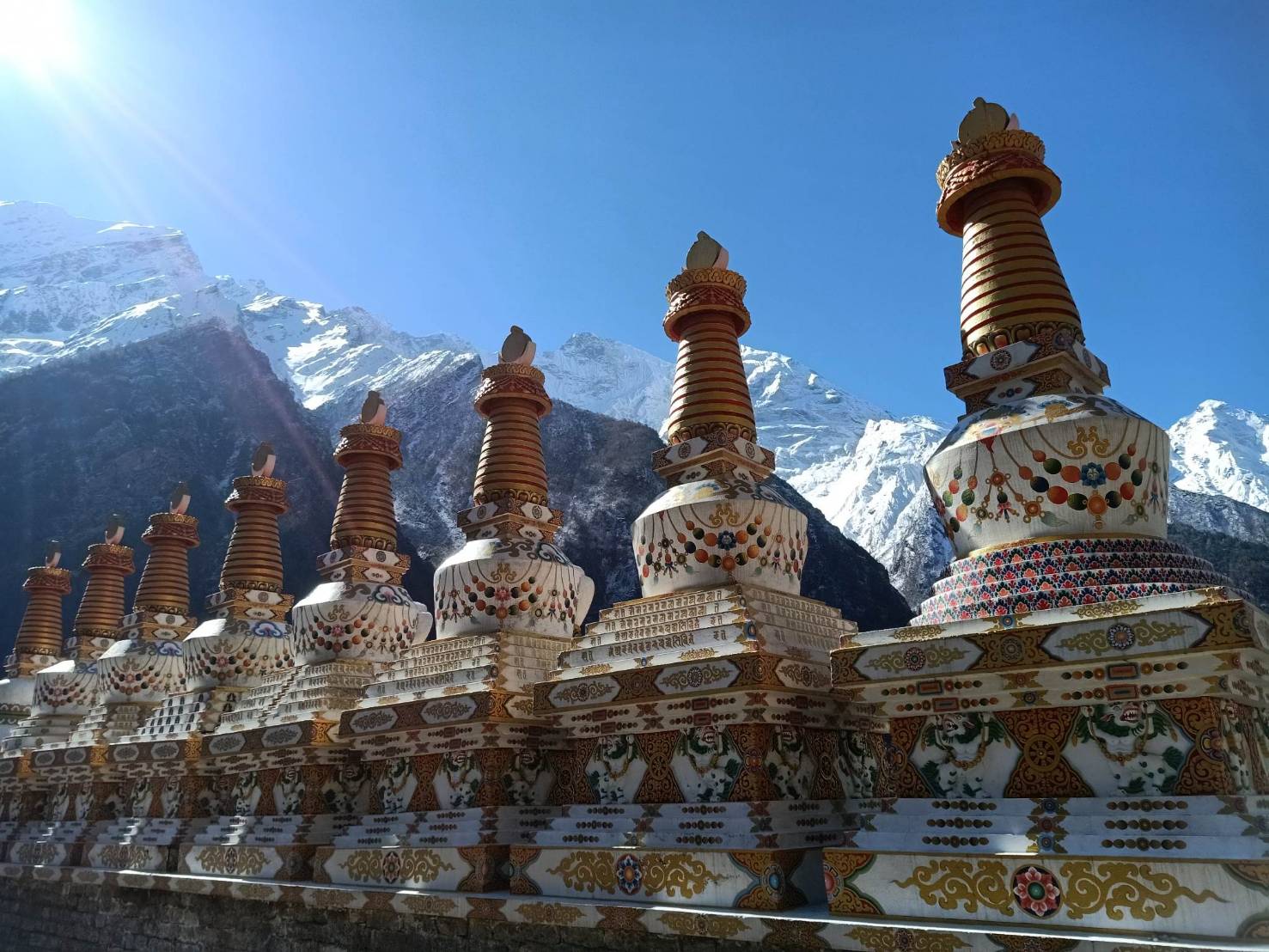
The Manaslu circuit is a renowned trekking route in the Himalayas, offering a unique and adventurous experience to trekkers. Situated in the western part of Nepal, the trek revolves around Mount Manaslu, the eighth-highest peak in the world. The region's remote and less-crowded trails provide an opportunity for trekkers to explore the pristine beauty of the Manaslu Conservation Area.
The trail takes trekkers through diverse landscapes, ranging from lush subtropical forests at lower elevations to rugged terrains and barren high-altitude areas as they ascend. The trek begins from Machha Khola, and as trekkers advance, they encounter several beautiful villages.
Crossing the Budi Gandaki River numerous times, the trail ascends through narrow gorges and leads to the Manaslu Base Camp (4400m.|14436ft.) and Birendra Lake (3691m.|12110ft.). Pun Gyen Gompa at 4800m.|15748ft. is also one of the highlights of this trek.
The terrain varies from steep ascents and descents to gentle rolling hills, challenging trekkers with its ruggedness and unpredictability. The most iconic part of the trek is the Larkya La pass, standing at an altitude of 5106m.|16751ft., offering breathtaking panoramic views of the surrounding peaks and glaciers.
Our carefully crafted Manaslu circuit trek itinerary takes into account the acclimatization needs of trekkers, allowing for a gradual ascent and proper rest days. Our experienced guides and porters will accompany you throughout the journey, ensuring your safety and providing valuable insights into the region's culture, history, and natural surroundings.
The Manaslu circuit trek is an opportunity to witness the raw beauty of the Himalayas away from the crowds. It is a chance to disconnect from the noise of modern life and immerse yourself in the serenity of nature. The trek challenges you physically and mentally, rewarding you with unforgettable memories and a sense of accomplishment as you conquer high mountain passes and overcome obstacles along the way.
We have multiple selections of trekking packages in the Manaslu region that you can check out here.
Best Manaslu circuit trek itinerary
Day 1: Arrival in Kathmandu (1400m.|4593ft.)
Day 2: Trek permit and preparation day (1400m.|4593ft.)
Day 3: Drive to Machha Khola (900m.|2953ft.)
Day 4: Trek to Jagat (1340m.|4396ft.)
Day 5: Trek to Deng via Phillim (1865m.|6102ft.)
Day 6: Deng to Namrung (2630m.|8626ft.)
Day 7: Namrung to Shyala (3500m.|11480ft.)
Day 8: Trek to Sama Gaon (3520m.|11549 ft.)
Day 9: Acclimatization Day in Sama Gaon
Day 10: Trek to Samdo (3875m.|12713ft.); with side trips
Day 11: Acclimatization Day in Samdo
Day 12: Trek to Dharamsala (4460m.|14633ft.)
Day 13: Trek to Bhimtang (3590m.|11775ft.) via Larkya La (5160m.|16751ft.)
Day 14: Trek to Dharapani (1930m.|6440ft.)
Day 15: Drive from Dharapani to Kathmandu (1400m.|4593ft.)
Day 16: Depart from Kathmandu
Discover the rich cultural heritage and natural beauty of the hidden Tsum Valley
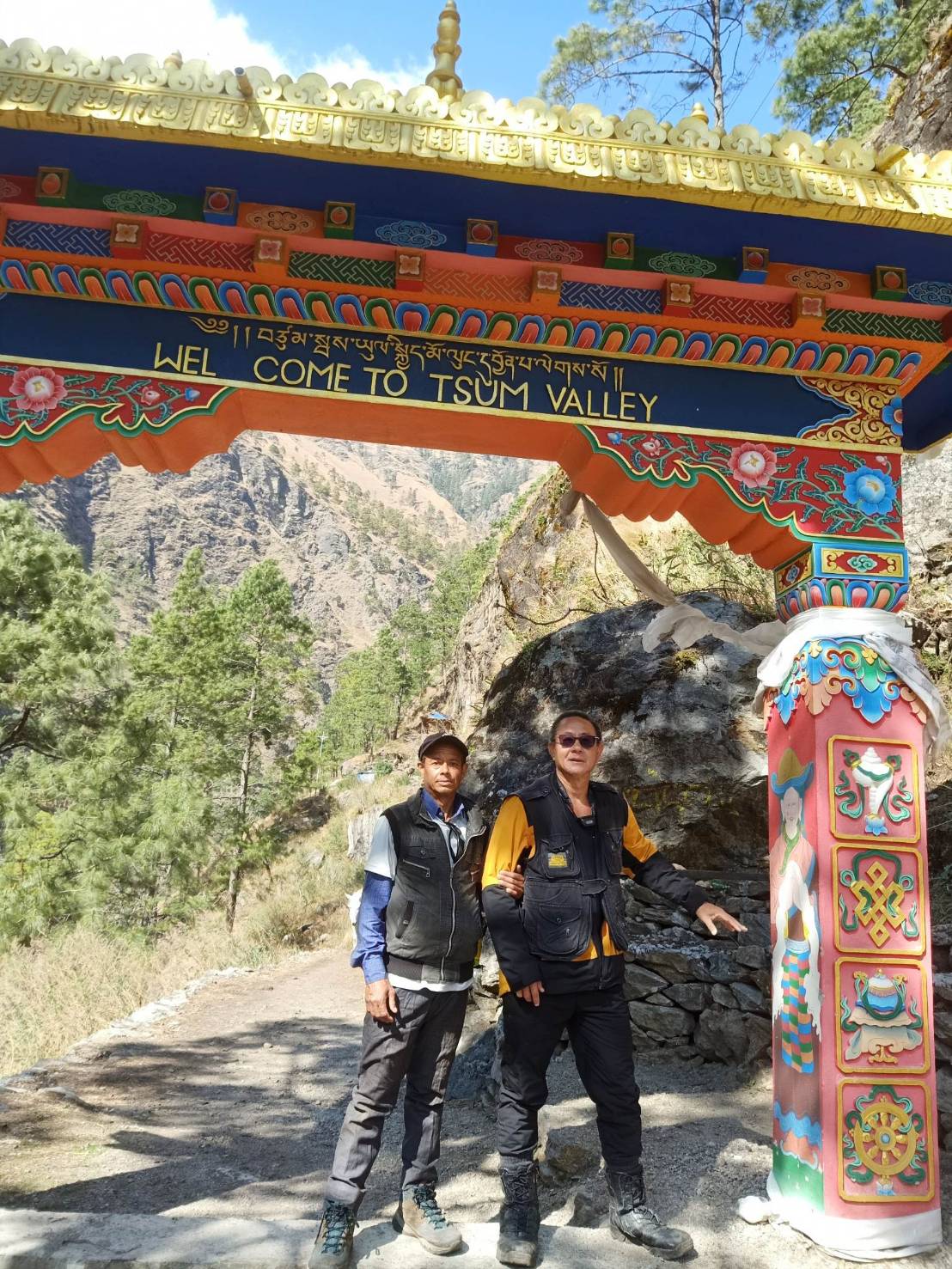
Tucked away in the lap of the majestic Himalayas, Tsum Valley was only opened in 2007 for foreign travelers. It is a hidden gem in the Manaslu region that offers a unique combination of rich cultural heritage and stunning natural beauty. The Tsum Valley is renowned for its ancient Buddhist monasteries, chortens (Buddhist shrines), and traditional villages that have preserved their norms and beliefs for centuries.
One of the highlights of the Tsum Valley is the Milarepa Piren Phu Cave (3361m.|11027ft.). It is believed that the revered Tibetan saint, Milarepa, meditated in this cave, leaving behind his footprints and handprints on the rocks. Pilgrims and trekkers visit this sacred site to pay their respects and soak in the spiritual atmosphere.
Tsum Valley is also home to several ancient monasteries, such as Rachen Gompa (3240m.|10630ft.) and Mu Gompa (3700m.|11026ft.), which serve as important religious and educational centers for the local community. These monasteries house intricate Buddhist murals, statues, and scriptures, offering visitors a glimpse into the region's rich religious and artistic heritage.
The natives of this valley are called Tsumbas. They are very friendly and welcoming. Their simple lifestyle and attachment to their ancestral roots will give you a fresh look at life. In villages like Chumling (2386m.|6692ft.), Chhokangparo (3010m.|9875ft.), Nile (3361m.|11026ft.), etc, you will get to interact with the locals and experience the mountain lifestyle.
Apart from its cultural significance, the Tsum Valley boasts breathtaking natural beauty. The valley is surrounded by soaring snow-capped peaks, including the Ganesh Himal and the Sringi Himal ranges. Trekking through the Tsum Valley rewards adventurers with surreal vistas of lush green valleys, cascading waterfalls, and terraced fields.
The region is blessed with diverse flora and fauna, making it a haven for nature enthusiasts. Rhododendron forests, oak groves, and alpine meadows dot the landscape. The valley is also home to rare and endangered wildlife species, such as the Himalayan tahr, snow leopard, and red panda, adding to its ecological significance.
For additional hikes, you can visit Gumba Lungdang (3200m.|10498ft.) and Ganesh Himal Base Camp (3691m.|12140ft.). You can combine the Tsum Valley excursion in our Manaslu circuit trek package or just trek to Tsum Valley as per your wish.
Conquer Larkya La Pass
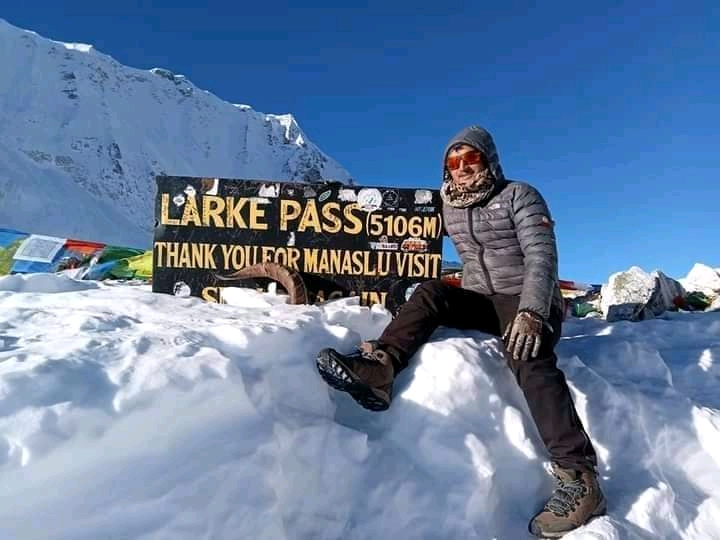
Larkya La pass is one of the highest mountain passes in Nepal, with a height of 5106m.|16752ft. above sea level. It is also the highest point during the Manaslu circuit trek. Navigating this pass is quite challenging and tests the endurance and determination of the trekkers. Below you can read more about what it takes to cross the Larkya La Pass, the views, terrain, etc.
The terrain and challenges:
Conquering Larkya La Pass requires physical fitness, mental strength, and the ability to acclimatize to the high altitude. The ascent to the pass involves a steady climb on a steep trail, navigating through rocky terrain and occasional snowy sections. Similarly, the thin air at such high altitudes adds to the physical challenge, making every step a test of endurance.
You have to pace yourself and listen to your body while trekking at these elevations. The mental fortitude to push through fatigue and overcome any doubts that may arise is equally important. Engage in pre-trek training and physical conditioning to build strength, endurance, and cardiovascular fitness. Likewise, mental resilience and determination are equally needed.
Adventurous descent:
While reaching the top of Larkya La pass is an accomplishment, the trek doesn't end there. The descent from the pass is equally thrilling and requires careful footing as you navigate the steep and sometimes icy trail. Trekking poles are incredibly helpful during the descent, providing stability and support.
As you make your way down, the landscape transforms, revealing a different facet of the Himalayas. The views of the Bimthang village, lush forests, and quaint villages in the distance provide a sense of tranquility and serenity amidst the exhilarating journey.
Unforgettable panoramas:
From the top of the pass, you get to see breathtaking panoramic views of the surrounding Himalayan peaks, including Mt. Manaslu (8163m.|26781ft.), Mt. Dhaulagiri (8167m.|26795ft.), Mt. Hiunchuli (6441m.|21132ft.), Mt. Annapurna (8091m.|26545ft.), and Ganesh Himal (7422m.|24350ft.). among others. The vastness of the mountain ranges, the play of light and shadow on the snow-capped summits, and the varying landscapes throughout the journey are mesmerizing.
Personal growth and reflection:
Conquering Larkya La Pass goes beyond physical challenges. It offers trekkers an opportunity for personal growth and reflection. The demanding nature of the trek pushes you to your limits, teaching valuable lessons in perseverance, resilience, and self-belief. The isolation of the Himalayas, coupled with the vastness of the landscape, provides a space for introspection and self-discovery. The sense of accomplishment and the memories made during this journey will stay with you long after you've returned from the trail.
Cultural significance
Beyond its physical grandeur, Larkya La Pass also holds cultural significance. It has been a traditional trading route between Nepal and Tibet for centuries, connecting the rich cultural heritage of these two Himalayan regions. As trekkers traverse the pass, they follow in the footsteps of ancient traders and nomads, experiencing a glimpse of the historical and cultural exchange that has shaped this region.
Teahouse Accommodations
Tea houses are not like lodges in the Everest base camp or Annapurna base camp trails. Neither is it like the guesthouses of Langtang region trails. Teahouses offer a perfect balance between lodges and guesthouses. The remotest parts of the Himalayas in Nepal, which were only accessible because of camping treks, now teahouses make some of those trails, including the Manaslu circuit and Tsum Valley, more approachable.
Thanks to the recent popularity of the Manaslu circuit trek, the trail has seen many new teahouses that serve as the primary accommodation for the trekkers. In less commercial and remote regions like Manaslu, the convenience of teahouse accommodations make the trail much more accessible and an enjoyable experience for trekkers.
Teahouses are basic but comfortable accommodations available along the Manaslu circuit trek route. These are typically run by local families and provide trekkers with a warm and welcoming environment to rest and rejuvenate after a day of hiking. The teahouses vary in size and facilities, ranging from cozy rooms with shared bathrooms to more spacious rooms with attached bathrooms.
While the amenities may not be luxurious, they offer all the essentials needed for a comfortable stay in the mountains. You will get clean bedding, blankets, and sometimes hot showers, which can be a true luxury at higher altitudes. Remember that the services may decrease as you ascend to more remote areas, so be prepared for furthermore basic facilities at the higher points of the trek.
*Note: Carry a high-quality sleeping bag during the Manaslu trek for an additional layer of warmth. Thamel has plenty of sleeping bag rental services, so you do not have to buy.
Simple Nourishing Meals
One of the highlights of trekking in Nepal is the delicious and hearty meals served in tea houses along the trail. Despite the remoteness of the Manaslu circuit trek, you'll be pleasantly surprised by the range of food options available, considering the limited resources in the mountains.
Teahouse meals typically consist of a combination of Nepali and international dishes. You'll find staples like dal bhat, momo, thukpa, noodles, pasta, & fried rice, along with porridge, soups, curries, chapati, sandwich, mashed potatoes, Tibetan bread, etc. These meals provide a good balance of carbohydrates, proteins, and essential nutrients to fuel your body for the challenging trek. Tea, coffee, soft drinks, etc, are common beverages.
Teahouses are accustomed to catering to trekkers with different dietary preferences and restrictions. However, note that the further you trek into remote areas, the more limited the menu options may become. It's wise to carry some energy bars or snacks as a backup for additional sustenance during long days of hiking.
Likewise, staying hydrated is crucial during any trek, especially in high-altitude regions. Most teahouses offer boiled water for a nominal fee, allowing you to refill your water bottles or hydration systems. Carrying water purification tablets is also recommended to ensure the safety of drinking water obtained from natural sources along the trail.

